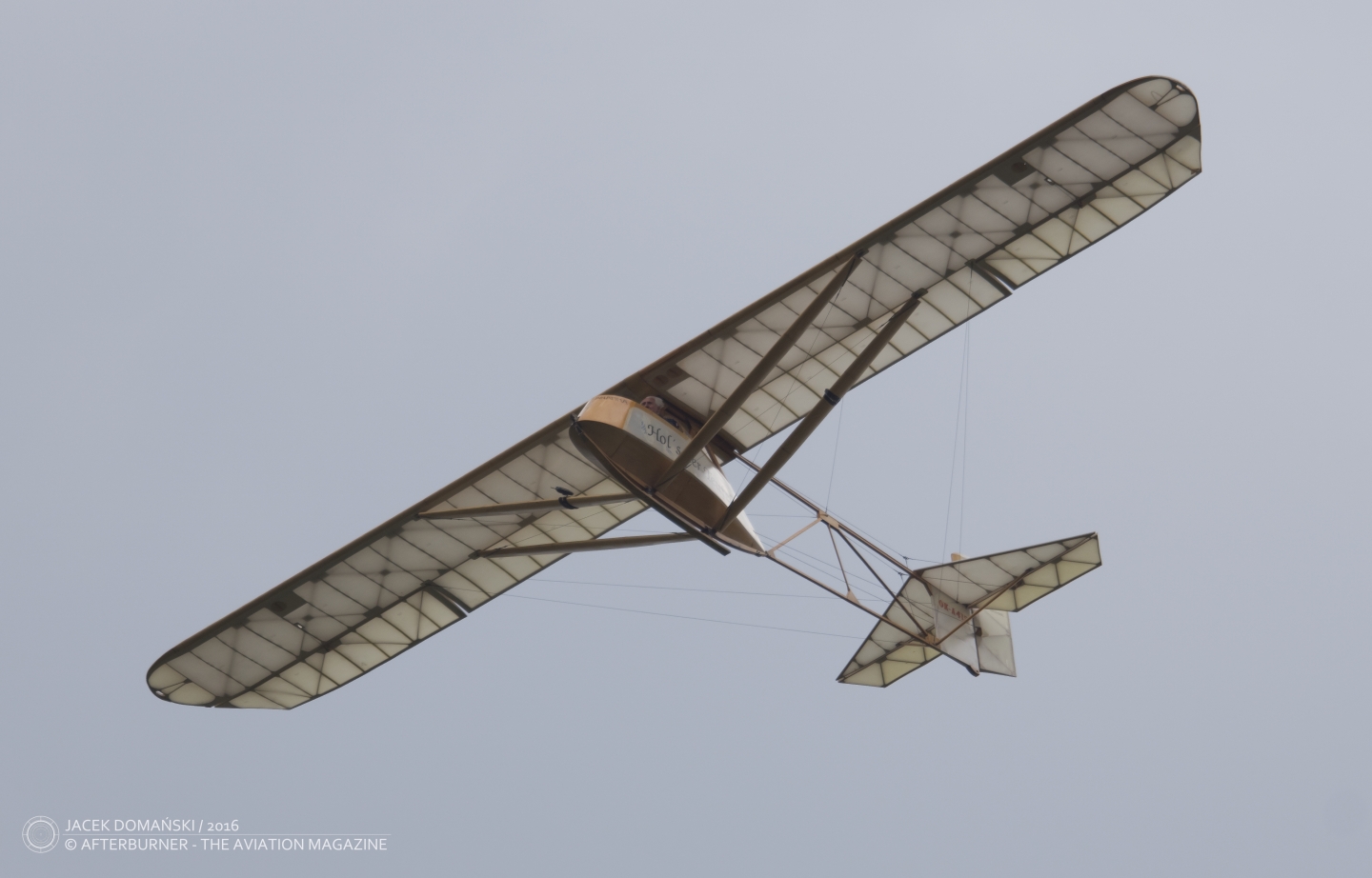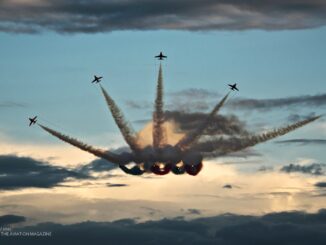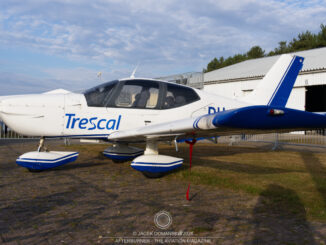 Fokker S.11-1 Instructor (c/n 6269, OO-MSH, formerly E-26 of Luchtstrijdkrachten), static display at 44th Sanicole International Airshow, Hechtel-Eksel, September 2024.
Fokker S.11-1 Instructor (c/n 6269, OO-MSH, formerly E-26 of Luchtstrijdkrachten), static display at 44th Sanicole International Airshow, Hechtel-Eksel, September 2024.
After the World War II, the Dutch aviation industry was being slowly rebuilt from the wartime damage. The country authorities decided that companies that existed before the war should be now merged into one entity but preserving the widely known Fokker brand. Therefore, on 1st February 1947, Verenigde Nederlandsche Luchtenfabrieken Fokker (English: the United Dutch Air Factories Fokker) was formed.
Initially, the company was building gliders and converting surplus military aircraft to civilian variants. It also made some buses for the Dutch Railway and other customers.
The first post-war aircraft developed at Fokker after the war was designated F-25 Promotor. It was a single-engine, twin-boomed passenger aeroplane that performed its maiden flight in October of 1946. However, the company found it difficult to compete against easily accessible surplus aircraft and finally production was ceased after completing only twenty examples of the F-25.
Then, there was F-26 Phantom, a nicely looking jet airliner that never went into production, and a concept of two-seat training aircraft for the air force, internally designated ´223´.
The latter captured interest of Luchtstrijdkrachten (LSK), the then Dutch air force, which at that time still operated de Havilland Tiger Moth biplanes in a role of primary trainer. The conceptual project was then turned into S-11 Instructor – single-engine, low-wing monoplane of mixed construction (with fuselage made of steel tubes and covered with plywood and linen, all-metal wings and stabilizers). The aeroplane was equipped with conventional, fixed landing gear, and six-cylinder Lycoming engine. Differently than most training aircraft of that era, the S-11 featured two seats in side-by-side configuration.
On 18th December 1947, the S-11 Instructor successfully performed its maiden flight. Shortly after, it turned out that the aeroplane needed some aerodynamic refinement to improve its handling. The changes were implemented in the early 1948 and then the S-11 was approved for serial production.
The S-11 became the first market success of the post-war Dutch aviation industry. The Instructor was acquired not only by the LSK and the Dutch Navy, but also by Bolivian, Brazilian, Israeli, Italian and Paraguayan air forces. The aeroplane was also manufactured under license in Italy (by Macchi, as M.416) and in Brazil (by Fokker Industria Aeronautica, as T-22, equipped with tricycle landing gear).
The S-11-1 variant of the aeroplane, featured within our Photo of the Week series, was built for the Dutch armed forces. A total of forty-eight aircraft of that version were built and operated by Marineluchtvaartdienst (the Netherlands Naval Aviation Service) and LSK (since 1953 known as Koninklijke Luchtmacht, the Royal Netherlands Air Force).
With the Dutch armed forces, the S-11 aeroplane was used as primary trainer until the late 1960s. The last operational aircraft of that type were retired from both the Dutch air force and the navy in 1973.
The pictured ´6269´ aircraft was, after its withdrawal from active service, sold to private owner and initially registered as PH-NEK. In 1974, the registration was changed to Belgian OO-MSH. The aeroplane is still preserving the original Elementary Flight Training colour scheme of the Dutch air force.



